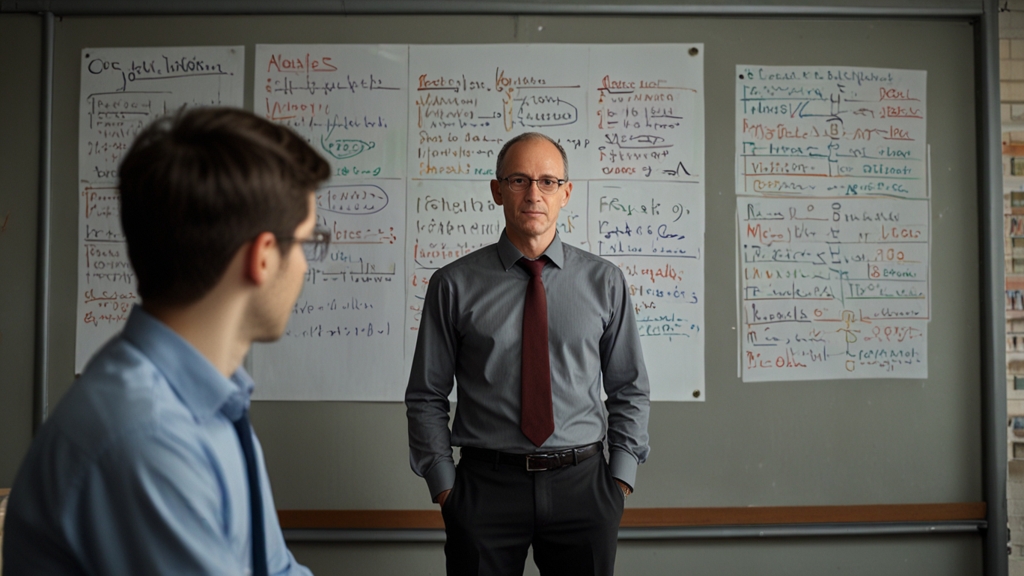Unraveling the Exodus: What Drives Mass Migration Today?
In an increasingly interconnected world, the phenomenon of mass migration has become more prevalent, complex, and multifaceted. Historically, people have moved from one place to another for various reasons, including the search for better living conditions, economic opportunities, and safety. Today, the drivers of mass migration are evolving and expanding, posing new challenges and opportunities for both migrants and host countries.
Economic Factors: The Pursuit of Prosperity
Economic disparities remain one of the most significant factors driving mass migration today. Individuals from economically disadvantaged regions often seek better employment opportunities and higher living standards in more prosperous countries. The promise of better wages, improved quality of life, and access to education and healthcare often propels people to leave their homeland and venture into the unknown.
"Economic migration is largely driven by the hope of a better future. It’s not just about earning more money; it’s about securing a more stable and prosperous life for one's family." - Global Migration Expert
Conflict and Insecurity: Escaping the Strife
Armed conflicts, political instability, and widespread violence are powerful catalysts of mass migration. In many regions, individuals are forced to flee their homes to escape war, persecution, and civil unrest. As of today, numerous countries face ongoing conflicts that displace millions of people, turning them into refugees seeking asylum in safer territories.
For example, the Syrian Civil War, which began in 2011, has resulted in one of the largest refugee crises in modern history. Similarly, conflicts in Afghanistan, South Sudan, and Myanmar have driven significant portions of their populations to seek refuge across international borders.
Environmental Changes: The Emerging Threat
Climate change and environmental degradation are increasingly significant drivers of mass migration. Natural disasters such as hurricanes, droughts, and floods, as well as slower-onset issues like desertification and rising sea levels, are forcing people to leave their homes in search of more habitable conditions. Countries with fragile ecosystems and limited resources are particularly vulnerable to such environmental pressures, leading to an uptick in climate-induced migration.
"Climate migrants are the human faces of climate change, fleeing their homes as their lands become uninhabitable. This emerging trend underscores the urgency for global cooperation on environmental sustainability." - Climate Policy Analyst
Social Networks: The Pull of Community
Migrants are often drawn to destinations where they already have established social connections. The presence of family members, friends, and community networks in a particular location can significantly influence migration decisions. These social networks provide essential support systems, helping newcomers adapt to new environments, find employment, and integrate into society.
The concept of “chain migration” illustrates how one individual's migration can set off a chain reaction, with more and more people following in their footsteps to reunite with loved ones and join established communities. This dynamic can create robust diaspora communities in host countries, fostering cultural exchange and economic ties between nations.
Policy and Legislation: The Defining Borders
Government policies and immigration legislation play crucial roles in shaping migration patterns. Countries with more open and welcoming immigration policies tend to attract larger numbers of migrants. In contrast, stringent visa requirements, border controls, and anti-immigrant sentiment can serve as deterrents.
International agreements and conventions also influence migration flows. For instance, the United Nations Refugee Convention provides a framework for the protection of refugees, ensuring their right to seek asylum and receive humanitarian aid. On the other hand, bilateral agreements between countries may facilitate temporary labor migration or establish quotas and restrictions.
"The future of migration will be significantly shaped by the policies and attitudes of governments worldwide. Sustainable and humane approaches are crucial to managing this global phenomenon." - International Relations Scholar
Conclusion: A Complex Tapestry
Mass migration is driven by a complex interplay of factors, each contributing to the movement of people across the globe. From economic aspirations and conflict to environmental changes and social ties, the reasons behind migration are diverse and interwoven. Understanding these drivers is essential for addressing the challenges and opportunities that come with migration, fostering a more inclusive and resilient global community.










